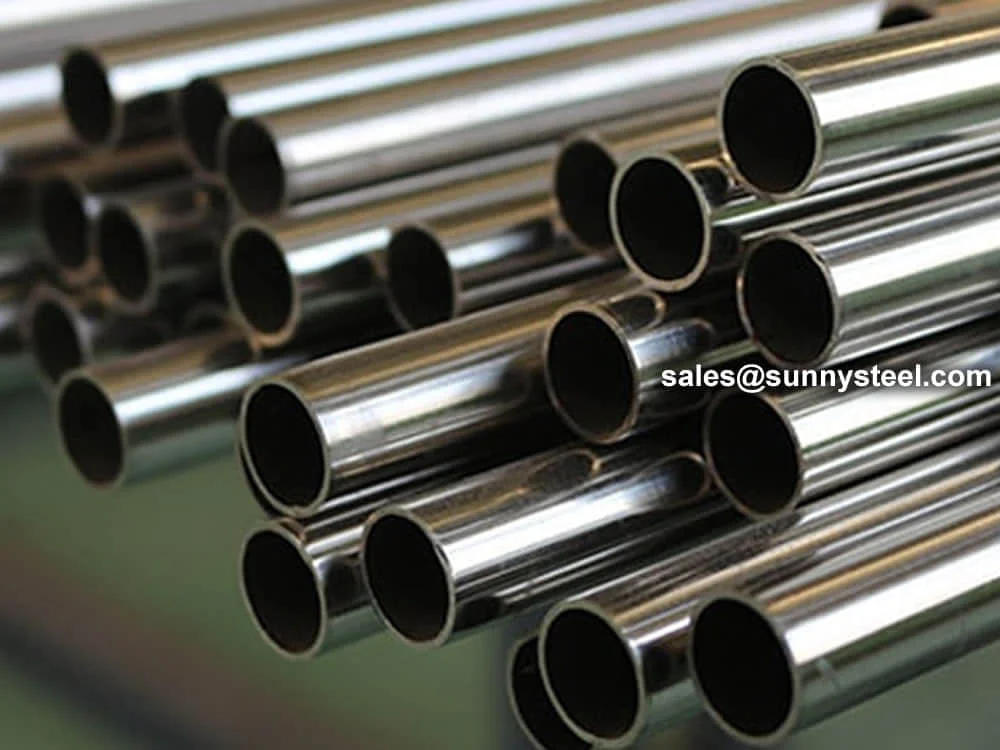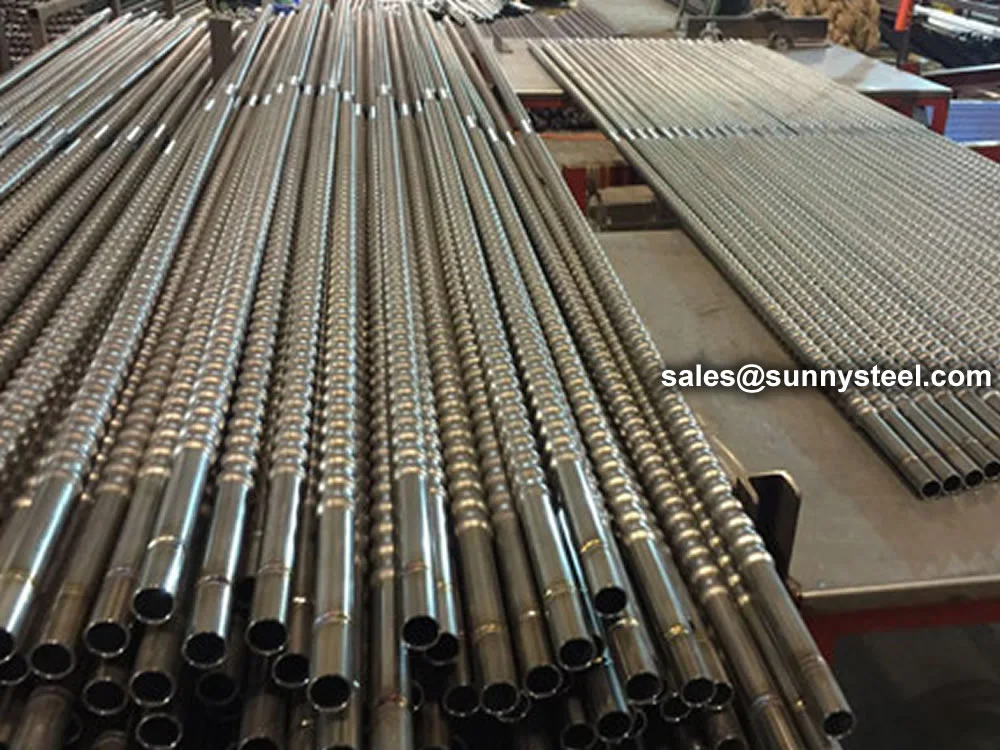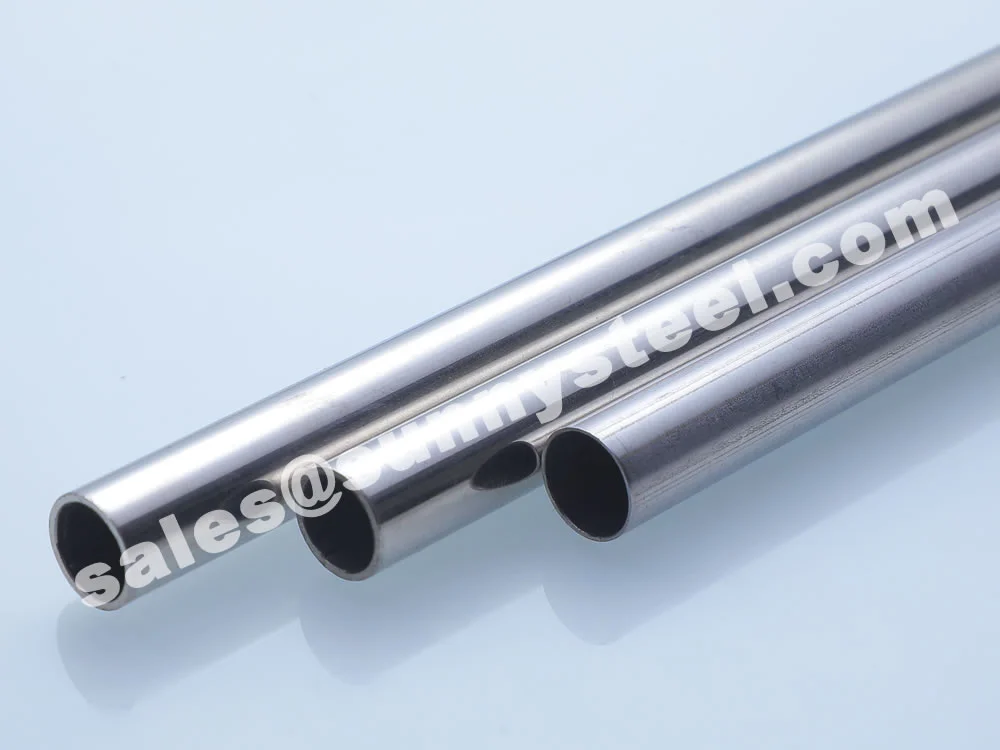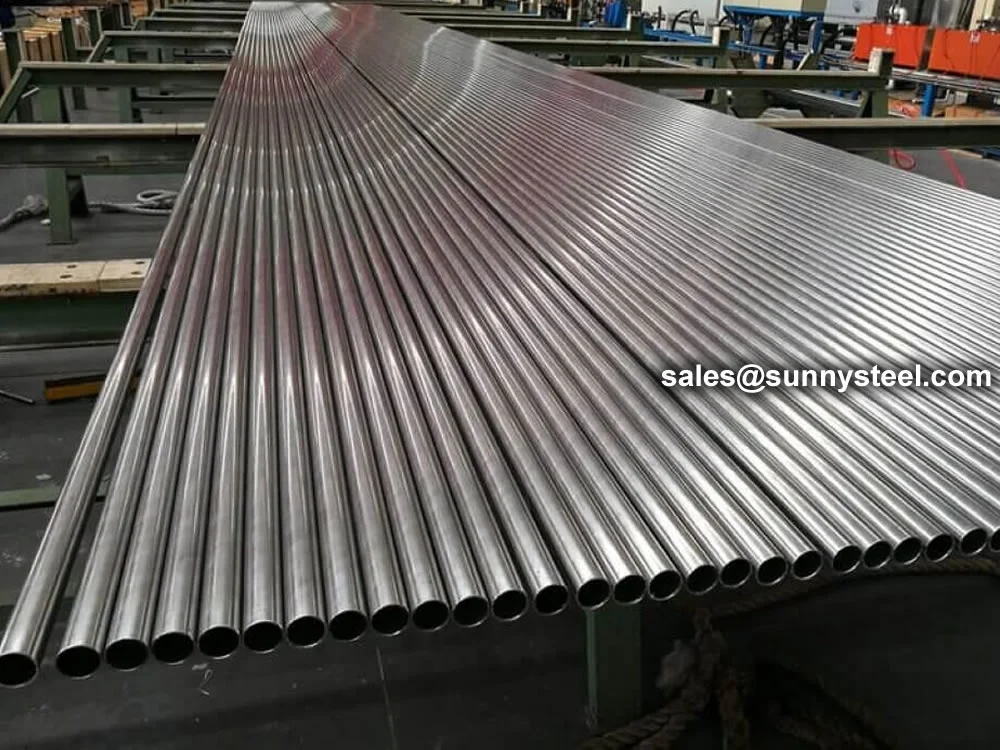
Oxide-free Surface For Hygienic And High-corrosion Applications
Bright annealed stainless steel tubes offer superior corrosion resistance and a smooth, oxide-free surface for precision applications in semiconductors, medical devices, and instrumentation.
Oxide-free Surface For Hygienic And High-corrosion Applications
Bright annealed stainless steel tubes offer superior corrosion resistance and a smooth, oxide-free surface for precision applications in semiconductors, medical devices, and instrumentation.
Bright annealed stainless steel tubes are premium seamless or welded products heat-treated in a controlled, reducing atmosphere to achieve a lustrous, oxide-free finish, enhancing corrosion resistant annealed pipes for precision industries. Grades like 304, 316L, and 321 conform to ASTM A269 and A213 standards, delivering exceptional surface integrity that prevents scaling and discoloration during annealing at 1010-1120°C in hydrogen or cracked ammonia environments. This process optimizes the passive chromium oxide layer, providing superior resistance to pitting, crevice corrosion, and stress cracking in precision stainless steel tubing used for semiconductor fabrication, biological medical devices, and military instrumentation, where even minor surface defects can compromise performance.
Manufactured through cold pilgering or TIG welding followed by bright annealing in vacuum or inert gas furnaces, bright annealed stainless steel tubes maintain dimensional stability and metallurgical purity, with low carbon levels in 316L variants minimizing carbide precipitation for weld integrity. Their smooth, reflective surface—Ra < 0.8 μm—facilitates easy cleaning and reduces bacterial adhesion, making them ideal for hygienic annealing tubes in pharmaceutical transfer lines and food processing equipment. Available in outer diameters from 6mm to 50mm, wall thicknesses of 0.5-3mm, and lengths up to 12m, these tubes support custom straightening and cut-to-length options, ensuring leak-tight connections in high-purity gas systems and vacuum lines.
In semiconductor steel tubes applications, bright annealing eliminates free iron and inclusions, boosting corrosion resistance in aggressive chemical vapors like HF and HCl at elevated temperatures up to 800°C, outperforming pickled tubes by 20-30% in salt spray tests. Non-destructive testing including eddy current, hydrostatic (up to 10 MPa), and pneumatic proof ensures compliance, with minimum tensile strengths of 515-690 MPa and elongations of 40% for reliable pressure containment in precision manifolds. Surface passivation with nitric acid further enhances durability, while electropolishing options achieve Ra < 0.4 μm for ultra-clean corrosion resistant annealed pipes in biotech reactors.
Relative to standard annealed tubing, bright annealed stainless steel tubes exhibit lower surface energy and higher thermal conductivity—up to 16 W/m·K—reducing heat buildup in instrumentation circuits and improving flow dynamics in precision stainless steel tubing. Stabilized grades like 321 with titanium additions prevent intergranular attack during service in the 425-815°C sensitization range, supporting fabrication into coils and bends per ASME B31.3 without post-weld annealing. Their magnetic permeability < 1.02 suits electromagnetic compatibility in military sensors, while full recyclability aligns with sustainable manufacturing for eco-conscious sectors.
Addressing challenges such as contamination in cleanrooms or erosion in high-velocity fluid lines, hygienic annealing tubes extend operational life by 50%, lowering validation costs in regulated industries. For engineers specifying semiconductor steel tubes or versatile corrosion resistant annealed pipes for analytical instruments, bright annealed stainless steel tubes provide a hygienic, high-performance solution with unmatched surface quality and reliability in global precision engineering.
Typical composition for common bright annealed grades (wt. % max unless specified; balance Fe).
| Grade | C | Mn | Si | P | S | Cr | Ni | Others |
|---|---|---|---|---|---|---|---|---|
| 304 | 0.08 | 2.00 | 0.75 | 0.045 | 0.030 | 18.0-20.0 | 8.0-10.5 | N: 0.10 |
| 316L | 0.03 | 2.00 | 0.75 | 0.045 | 0.030 | 16.0-18.0 | 10.0-14.0 | Mo: 2.0-3.0 |
| 321 | 0.08 | 2.00 | 0.75 | 0.045 | 0.030 | 17.0-19.0 | 9.0-12.0 | Ti: 5xC min |
Minimum values at room temperature for annealed condition.
| Grade | Tensile Strength (MPa) | Yield Strength (MPa) | Elongation (%) | Hardness (HB max) |
|---|---|---|---|---|
| 304 | 515 | 205 | 40 | 201 |
| 316L | 485 | 170 | 40 | 217 |
| 321 | 515 | 205 | 40 | 217 |
| Feature | Bright Annealed | Pickled | Polished |
|---|---|---|---|
| Surface Finish (Ra μm) | <0.8 | 1.0-2.0 | <0.4 |
| Corrosion Resistance | Excellent | Good | Superior |
| Hygienic Suitability | High | Moderate | Very High |
| Cost | Medium | Low | High |
| Applications | Semicon, Medical | General Industrial | Pharma, Aerospace |
| Process Time | Controlled Anneal | Acid Pickle | Electropolish |
| Key Advantage | Oxide-Free | Scale Removal | Mirror Finish |
Smelting raw materials must have good control, meeting microstructure quality requirements.
Cold rolling volume should be monitored to avoid defects.
Die control ensures inner and outer surface roughness Ra ≤ 0.3μm.
Bright annealing guarantees mechanical properties, surface brightness, and eliminates the need for mechanical polishing.
Product surfaces must be clean, oil-free, and without oxide adhesion.
Packaging includes caps, braiding or wood cases to prevent damage.
Raw material for stainless steel round bars is sourced from Jiuli and Baosteel, with triple polishing for smooth, defect-free finish.
The Bright Annealing Tube System can work standalone or inline with reduction equipment.
Designed for easy operation, maintenance, and quick product changeover.
Bright annealing heats stainless steel in a closed furnace with reducing atmosphere such as hydrogen.
Rapid heating and cooling form a corrosion-resistant layer, keeping the surface smooth and bright.
Improper annealing can lead to cracks and corrosion.
Tube surface must be clean and free of contaminants.
Hydrogen or argon is commonly used, with no oxygen present.
Austenitic steels: ≥1040°C, fast heating to avoid oxidation.
Ferritic steels like TP439 require lower temperatures; water quenching may cause scaling.

Solution treatment dissolves carbides into austenite at 1050–1150°C for a short time, then rapidly cooled below 350°C to achieve a supersaturated solid solution with uniform austenitic arrangement. Key: cooling rate ≥ 55°C/s to pass the carbide remelt zone (550–850°C).
Lower heating temperature (~900°C) with slow cooling to achieve annealing softening arrangement. Martensitic steels require sub-quenching and tempering methods.
The cooling section of the light annealing furnace is crucial for uniform metallographic arrangement. Modern furnaces use three independent cooling sections with adjustable air flow along the strip width.
Bright Annealing (BA) is performed in H2-maintained atmosphere to avoid oxidation and obtain non-oxidative appearance.
Oxidation of Cr, Mn, Si, and Ti during annealing affects strip brightness and corrosion resistance. To prevent this, dew point of H2 is controlled below -60°C for Cr (~17-18%) and Ti (~0.5%) alloys in 800–1150°C range.
Maintaining pure furnace atmosphere is essential. Muffle sealing prevents contamination, providing a stable and pure annealing environment.
We use precision equipment and PMI tests to verify material compliance with required standards before delivery.
Surface brightness, metallography, and mechanical properties are all inspected to ensure high-quality thin wall stainless steel tubes.
Bright annealing prevents discoloration, ensuring hygienic corrosion resistant annealed pipes for cleanroom use.
Stable passive layer boosts pitting resistance in aggressive chemicals for precision stainless steel tubing.
Smooth finish improves compression fittings, ideal for hygienic annealing tubes in gas lines.
Retains properties up to 800°C for semiconductor steel tubes in thermal processing.
Low particle generation reduces contamination in medical and pharma applications.
Fully recyclable with minimal post-processing for eco-friendly precision tubing.

Stainless steel corrugated tube is usually used in...

Ferritic stainless steel tubes are a crucial compo...

Astm a269 tp316l stainless tube refers to a specif...

Stainless heat exchanger tubes are precision-engin...